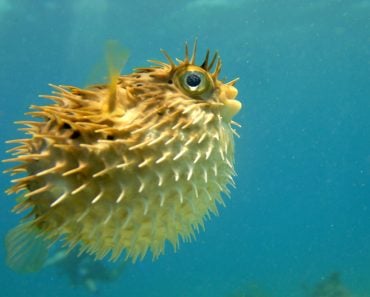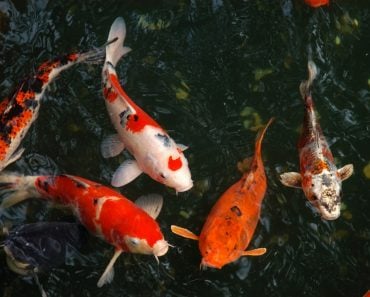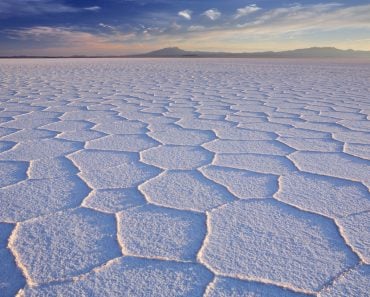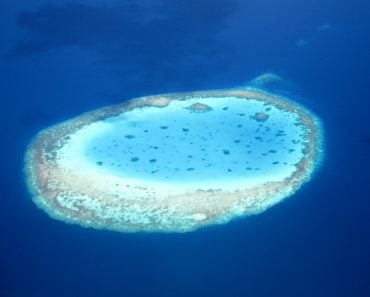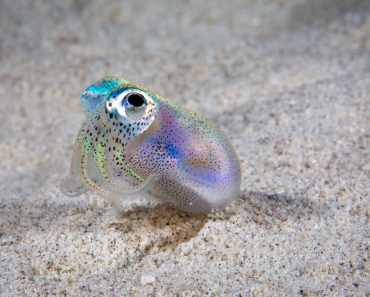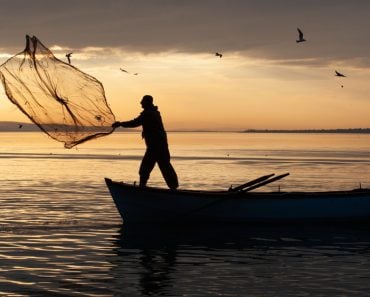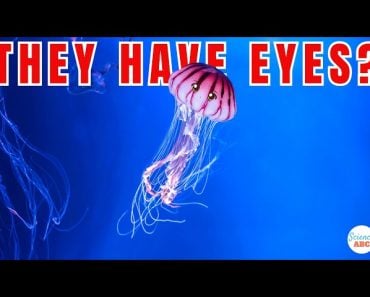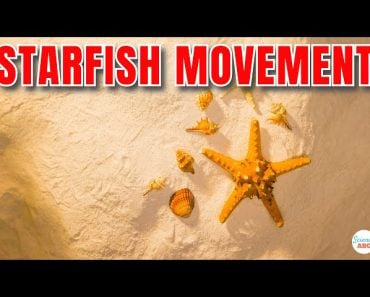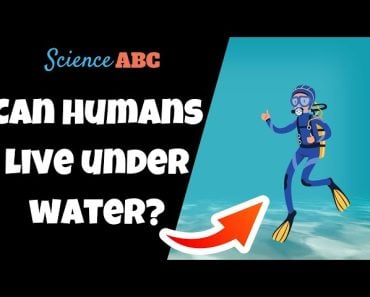Table of Contents (click to expand)
Mysterious underwater crop circles are the work of pufferfish, not aliens! The pufferfish create elaborate circles to woo potential pufferfish mates.
In our search for the extra-terrestrial, we’ve found (or desperately fabricated) several pieces of evidence that fuel our hopes about a mysterious intergalactic being. Beyond UFOs, the static caught on Russian space communication systems, or the astonishing alien sightings on Earth, we’ve also fixated on crop circles, both on the surface and underwater, determined to attribute them to the unknown. However, the actual cause is something astonishingly wholesome in nature.
Recommended Video for you:
What Are Underwater ‘Crop Circles’?
As their name suggests, underwater crop circles are beautiful and mysterious circular patterns found on the seabed. They are pretty large, extending up to 200 cm (7 feet) in diameter. They get their name from the similarity they hold to crop circles found on land. They were first spotted in 1995 by divers off the coast of south Japan, near Amami-Oshima Island in the Ryukyu islands.
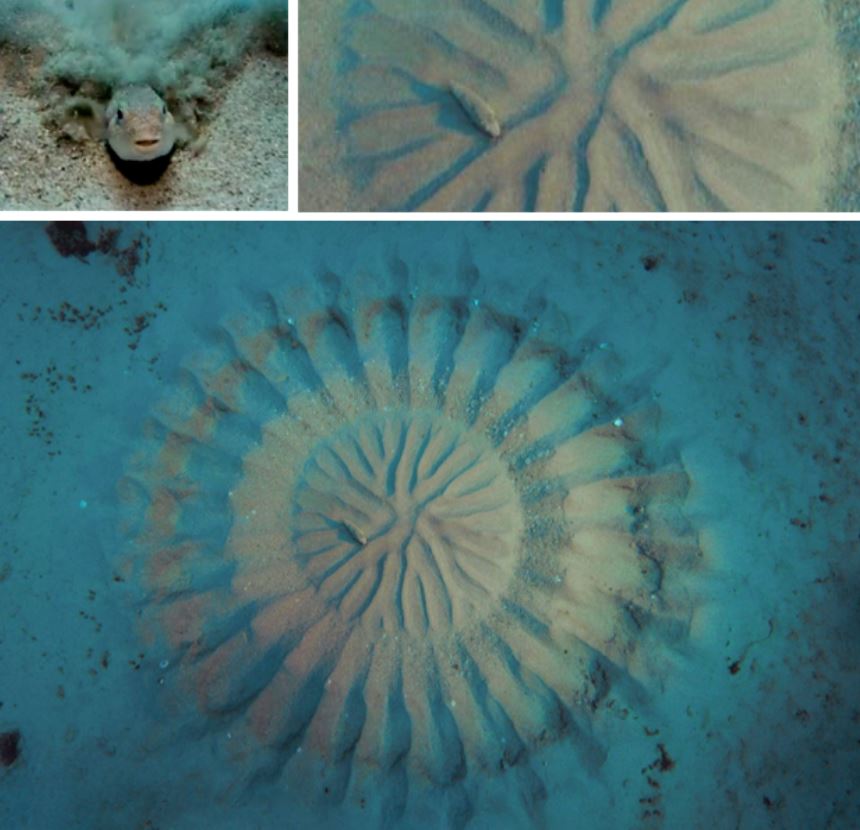
I imagine it would be both exciting and horrifying to discover something of this sort for the first time (especially underwater), but the patterns were extremely intricate and alluring. The patterns popped up mysteriously and vanished in much the same way. For almost a decade, the conundrum behind these mystic patterns remained unsolved. It was only in 2013, upon discovering the ‘white-spotted pufferfish’ in the Ryukyu islands, that we identified the origin of these patterns. These species were first discovered by Japanese photographer Yoji Ookata, who had devoted fifty years of his life to unraveling the mysteries of planet Earth and had extensively worked off the coast of Japan.
How Do Pufferfish Make These Intricate Patterns?
Given the tiny size of the white-spotted pufferfish—only twelve centimeters in length—the hugeness of the circles is enough to marvel at. However, it is the ability of the fish to produce one of the most ordered and symmetrical structures found in nature, despite its small size, that really catches our eye.
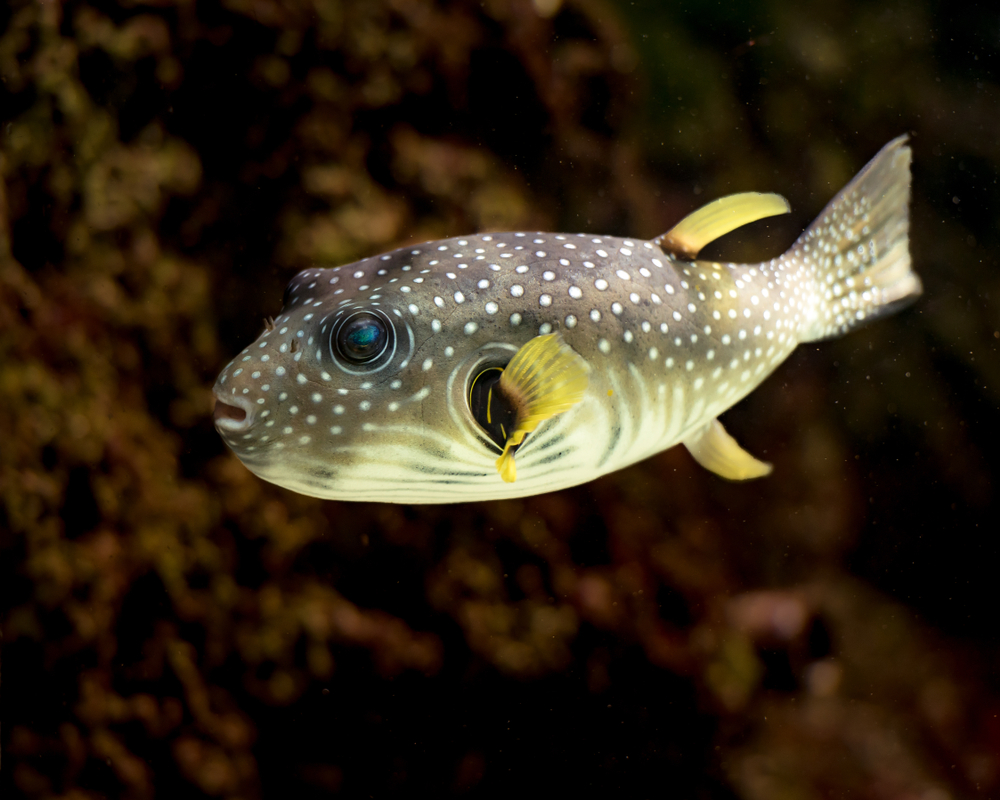
There are several reasons why the fish make these circles, but the primary reason is to woo females. Male fish are responsible for making these circles by vigorously flapping their tiny fins on the sand of the seabed, forming small ridges and grooves. It takes them seven to nine days to make a pattern, which will boast an intricate maze of details in the center made of finer sand granules, surrounded by small barrier-like mountains of sand and grooves all around.
The fish wiggle their little bellies to form the circle within which they carve the designs using their fins, working their way from outside to inside. The center has an irregular pattern that they make with their tail fins, pushing very fine sand inwards.
The reason why these patterns are some of the most unique ones in nature is the radial symmetry of the design, including the valleys and grooves outside the circle. The cherry atop this cake (quite literally) is the decoration that the males add to attract females, often using fragments of seashells and coral on top of the design. They even use different fragments of sand to add some color. This is more than what some humans—the self-proclaimed intellectually superior species—do in their mating rituals!
Adding to the beauty of these patters is the fact that this design is created so that the flow of currents in the water aids in their formation. The peaks channel the water and fine particles towards the center, while the valleys funnel the water outwards.
What Purpose Do These Circles Fulfill?
The main reason the fish make this intricate web is to charm females of the species; it is a special form of mating ritual. The center of the circle is where the female enters. Once a female approaches the circle, the male darts through the circle, gathering up sand, theoretically to demonstrate the quality of the sand he used.
Although there isn’t enough evidence to prove the theory, it is believed that females choose their mates based on the intricacy of the pattern, since it depicts the size and health of the males. The nests are also hypothetically made large enough to be visible on the dark bed of the ocean.
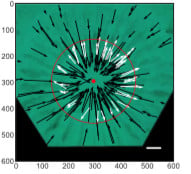
If the female is impressed by the pattern, she will choose to mate and then lay her eggs in the central zone, forming a nest. Males are able to mate with several females in a day.
After the eggs are laid, the circle forms a nest where the eggs can be safeguarded. The females leave once the eggs have been laid, while the males stay there for almost a week to protect the eggs. Once the eggs have hatched, the males abandon their upkeep of the nest, leaving it to be flattened and erased by the natural movement of water.
Then they move to form a new circle and start the process all over again. Though it would seem practical to just re-use the same old nest, it is believed that the fine grains of sand are gradually scattered due to the ocean’s currents and the back-and-forth wooing of the male. At that point, it’s simply easier to move onto a clean canvas.
In this way, white-spotted pufferfish form some of the most symmetrical and unique structures in nature, while also giving rise to one of the most detailed and adorable courtship rituals of the natural world. I strongly believe that we humans could learn a thing or two from these little fish about romance!
References (click to expand)
- Pufferfish Courtship Explains Mysterious Underwater Circles. Scientific American
- Kawase, H., Okata, Y., Ito, K., & Ida, A. (2014, January 1). Spawning behavior and paternal egg care in a circular structure constructed by pufferfish, Torquigener albomaculosus (Pisces: Tetraodontidae). Bulletin of Marine Science. Bulletin of Marine Science.
- Mizuuchi, R., Kawase, H., Shin, H., Iwai, D., & Kondo, S. (2018, August 17). Simple rules for construction of a geometric nest structure by pufferfish. Scientific Reports. Springer Science and Business Media LLC.

